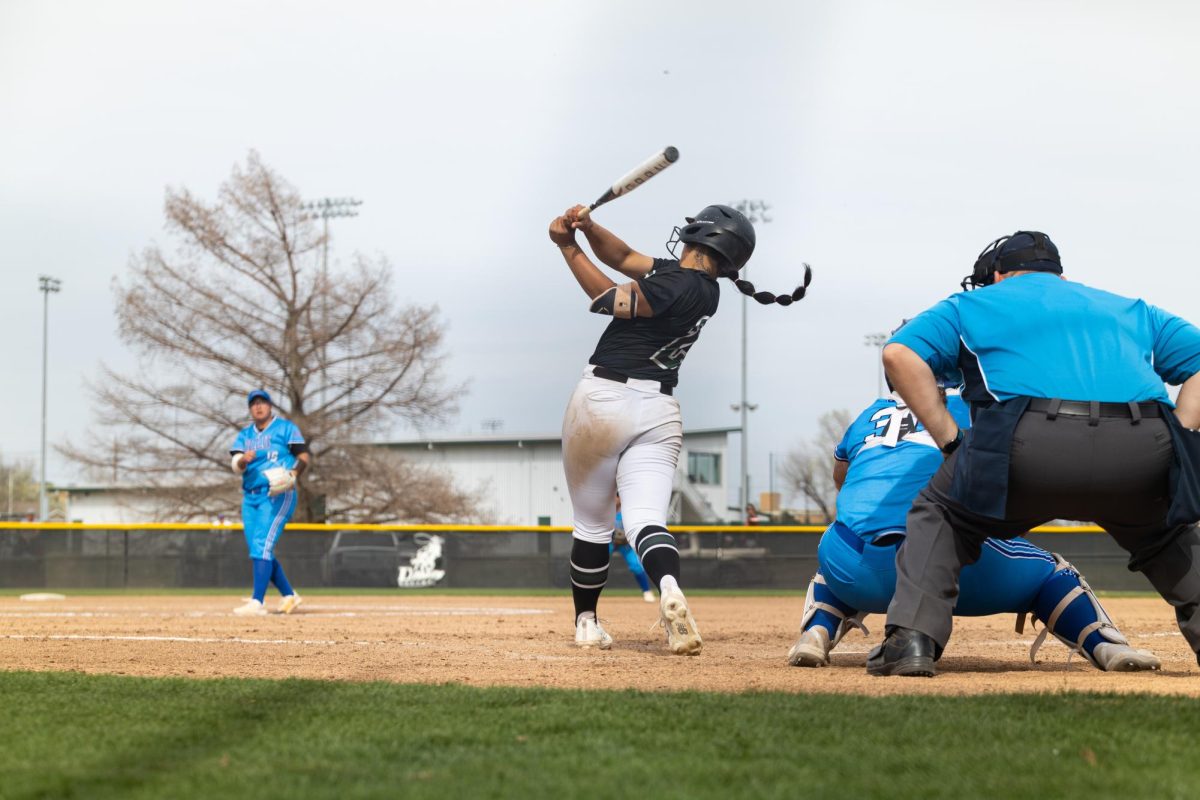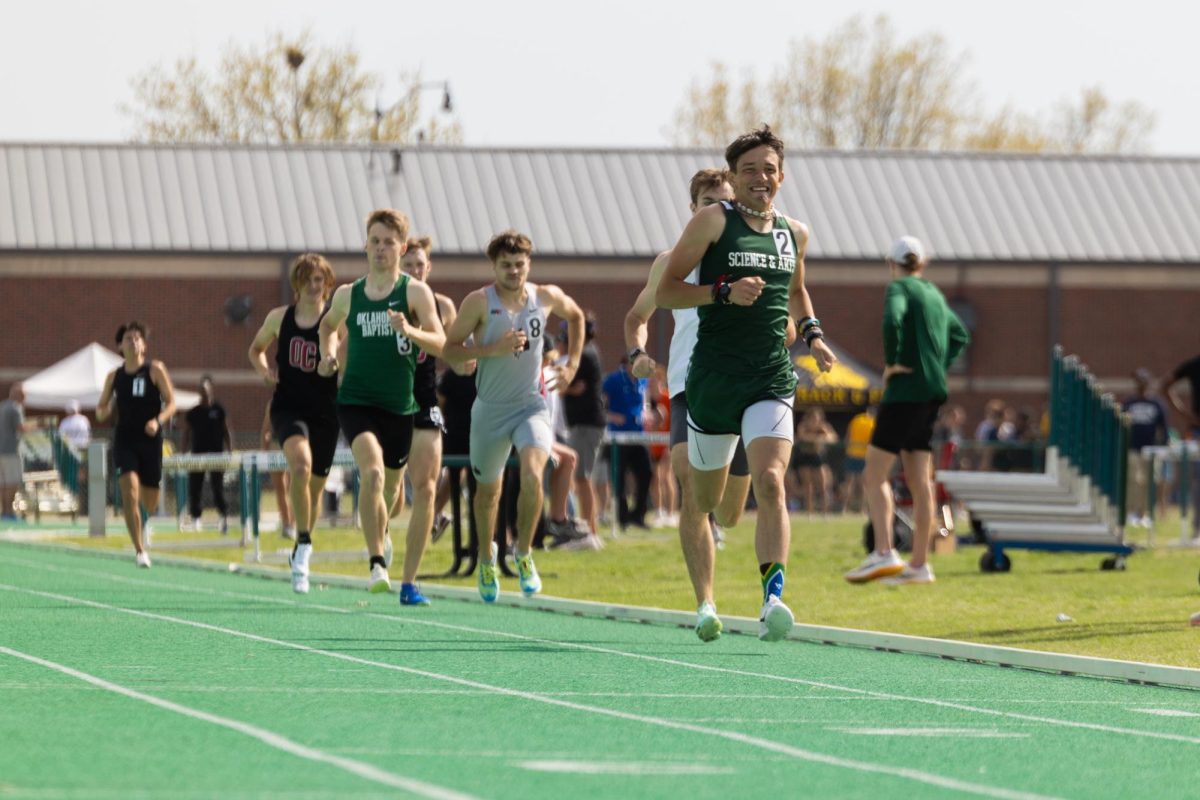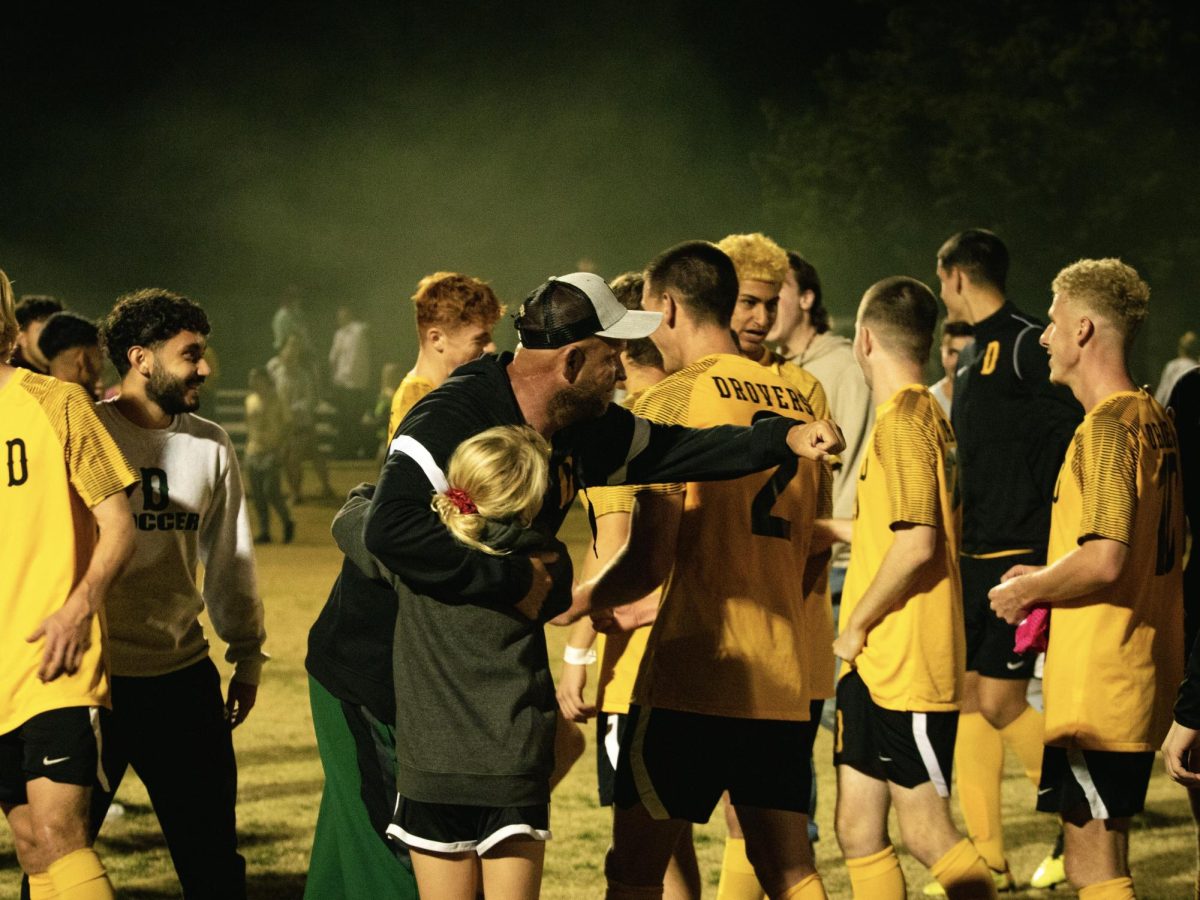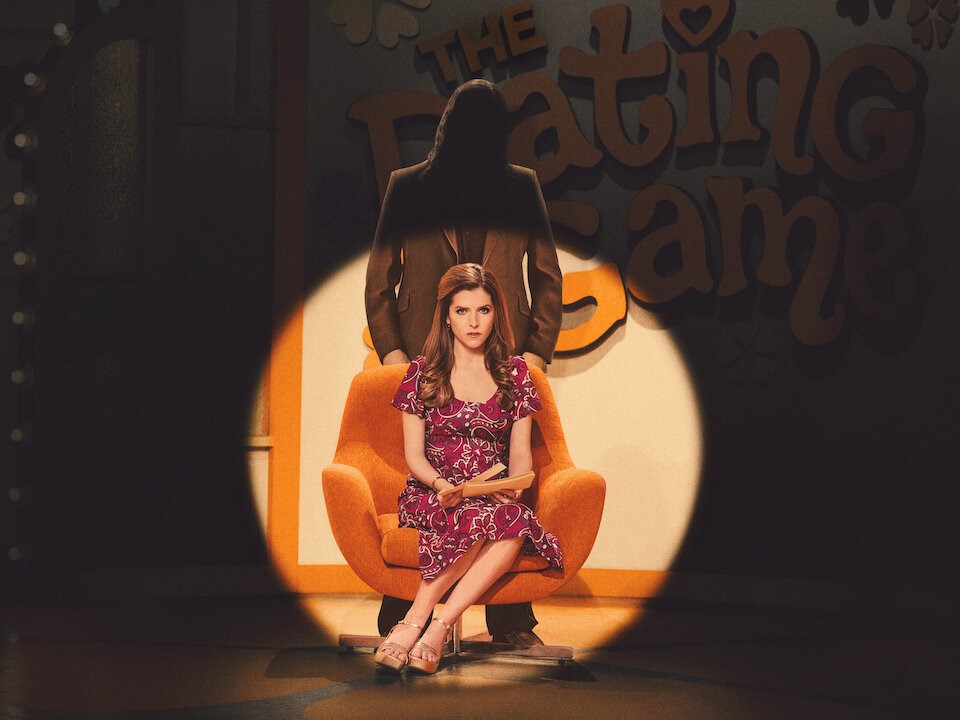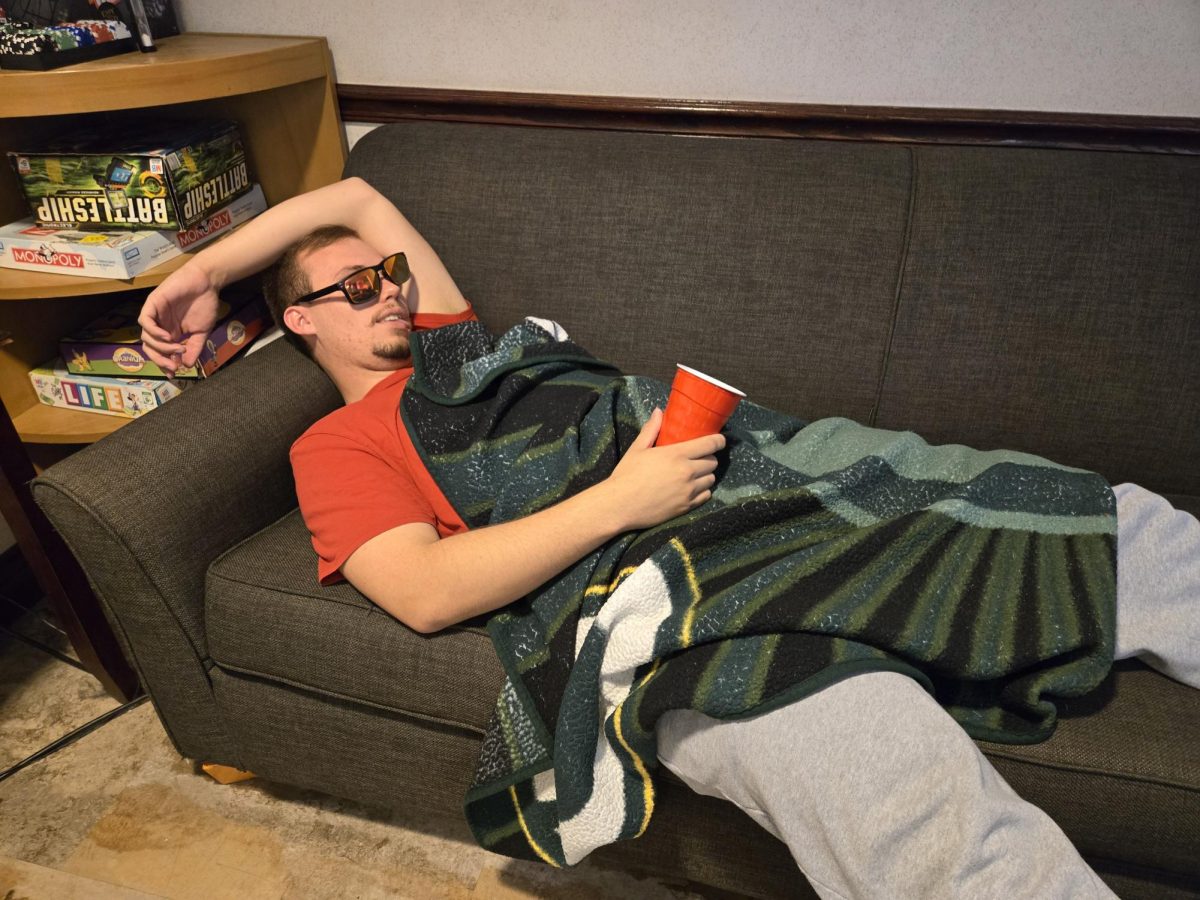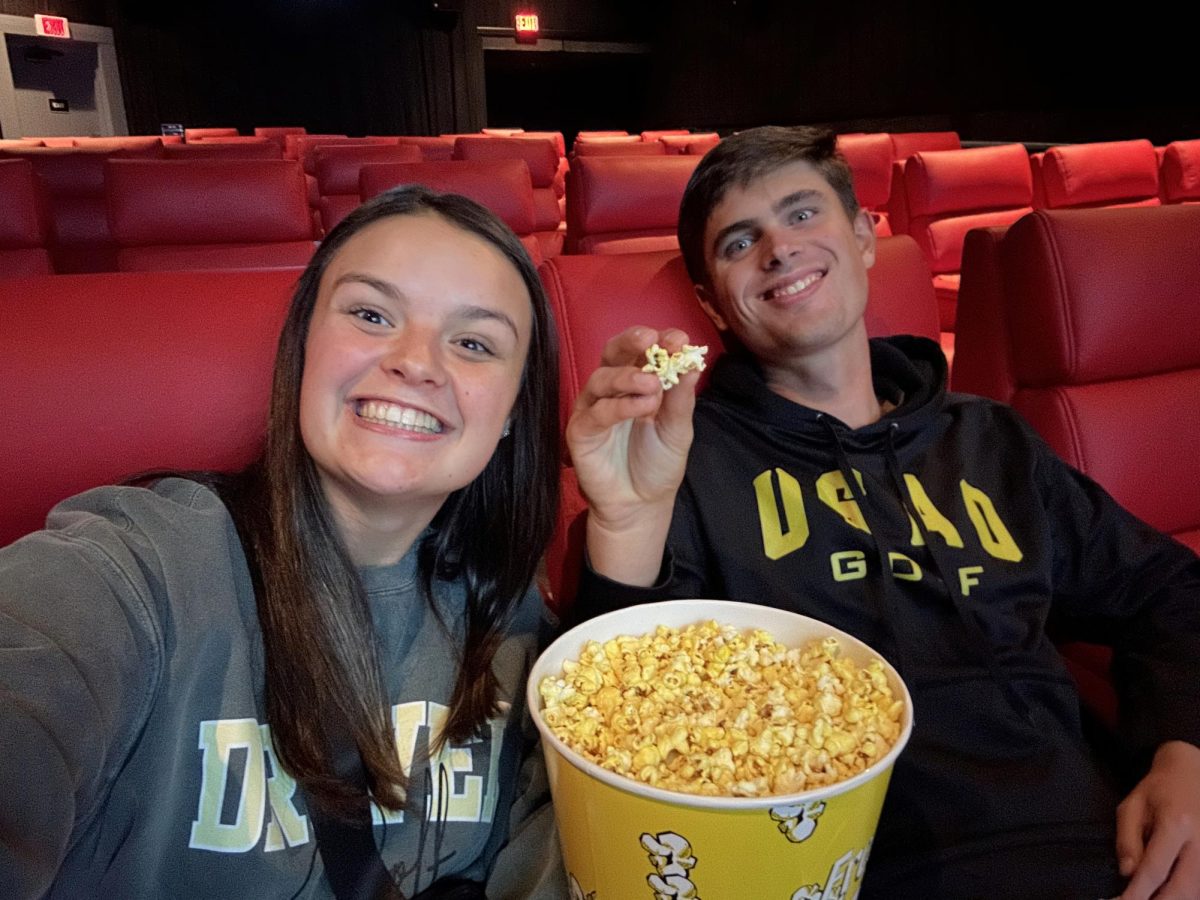As a person who grew up reading books, I was often disappointed when the movie adaptation was eventually released and didn’t accurately tell the story. However, I held high hopes going into the “Killers of the Flower Moon” movie, which was released Friday, Oct. 20. The movie has an almost three and a half hour run time, which I anticipated to mean the director, Mark Scorsese, paid great attention to detail.
USAO’s campus might be familiar with the author of the book, David Grann, as he visited campus in the spring for a lecture and discussed his book with the audience. After listening to his talk, I bought the book and reviewed it over the summer. I loved the way Grann walked his reader’s through the complicated story of the Osage people. His book is split into three sections that focus on different aspect and angles of the story, so I was curious how the story would be told on screen.
This movie has been anticipated by many Oklahomans, as portions of the movie were filmed within the state. Grann mentioned, while he was on campus, that he spent a good deal of time building a relationship with the Osage nation in order to accurately tell their story and that he wanted to continue that level of accuracy within the movie.
The movie focused on Ernest Burkhart (played by Leonardo DiCaprio) as he arrived in the Osage nation to live with his uncle, William Hale (played by Robert De Niro), who was called trusted by the local people. Ernest meets Mollie (played by Lily Gladstone), who is a full-blood Osage. Mollie and her family play a crucial role throughout the movie, as the Osage have to fight to keep their head rights, the money the received because of the abundance of oil found on their land.

The movie spans several years, and this is one area that I wish had been handled better, because at times it can be difficult to understand how much time has passed between certain instances.
I think that DiCaprio did a phenomenal job of balancing his character, as audience members will go through a roller coaster of emotions as they look at him, from pity to hate to disgust or a lot of other emotions. The fact that the cast either knew or learned dialogue in the language of the Osage was a note of accuracy that was not missed by many, and I think it made the movie more special.
Because of the level of betrayal that occurs in the movie, it is difficult to avoid spoiling the plot. While watching this on the big screen, it can be easy to forget that these are real people and real stories. The Osage people were murdered for their headrights; it makes you ask how nasty and greedy people can truly be. The Osage were murdered by people within their community – some of those people were considered their friends or family.
This movie is quite literally the best definition of keeping your friends close, but your enemies closer. Towards the end of the movie there are two instances of how loose ends were being tied up. Of course, everyone wants to know how the characters faired after the big climax, and I loved how Scorsese closed the movie. The scene felt like it was still of the time and uniquely showed what happened to the main characters without just saying it or putting text on a screen.
By the time the credits roll, I think you will all agree that Mollie is the strongest person who endured things no one should. She maintained a level of faithfulness to her family and to her beliefs through every hardship faced, which is admirable.
In the end, this is one movie adaptation that I actually really enjoyed. The longer run time is worth it and I recommend taking the time out of your evening to watch and learn this story from the Osage Nation’s history.
Emily Loughridge is a third-year communication major at the University of Science and Arts of Oklahoma.















